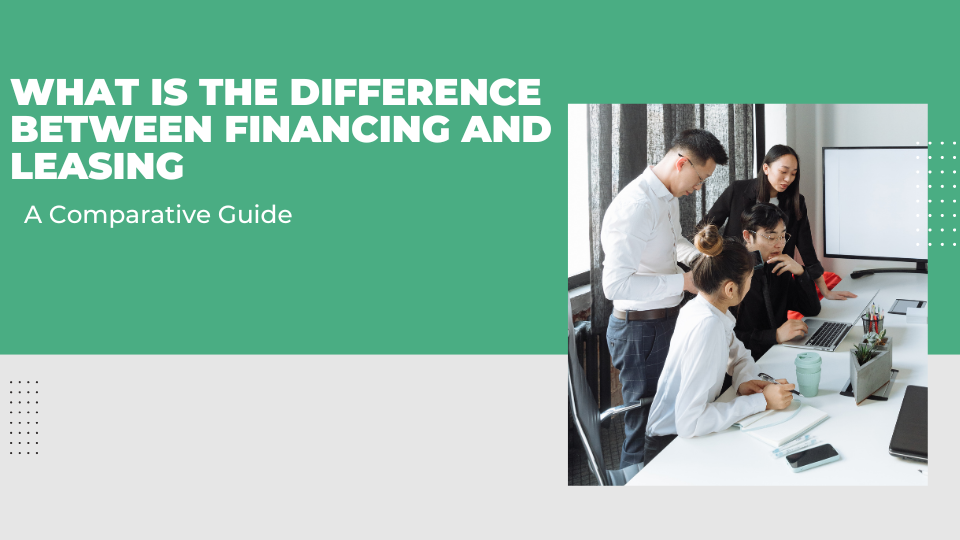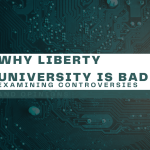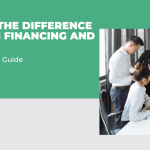What Is the Difference Between Financing and Leasing: Understanding the options of financing and leasing is essential when making decisions about acquiring assets.
This comprehensive guide will provide an overview of how financing and leasing operate, along with a detailed analysis of their differences and the factors to consider when choosing between them.
If You Have Any Questions About What Is the Difference Between Financing and Leasing Comment Below.
What Is the Difference Between Financing and Leasing

Understanding Financing | What Is the Difference Between Financing and Leasing
A. Definition and Basics
- Financing, in the context of purchasing assets, refers to obtaining a loan to cover the cost of acquiring an asset.
- Loans typically come with specific repayment terms, including interest rates and a predetermined schedule for repayment.
B. Advantages of Financing
- Through financing, individuals or businesses can increase their ownership of assets over time.
- Financing also allows for the building of equity and credit history, which can be beneficial for future financial endeavors.
C. Disadvantages of Financing
- One of the main disadvantages of financing is the higher financial commitment required compared to leasing.
- Furthermore, financing carries potential risks and responsibilities, such as the need to maintain and repair the asset.
Exploring Leasing | What Is the Difference Between Financing and Leasing
A. Definition and Basics
- Leasing, on the other hand, involves obtaining the right to use an asset for a specified period, typically in exchange for periodic lease payments.
- A lease agreement outlines terms and conditions, including the duration of the lease and any restrictions on usage.
B. Advantages of Leasing
- One significant advantage of leasing is the lower initial costs compared to purchasing an asset outright.
- Leasing also provides flexibility, allowing access to newer assets that may not be affordable through financing.
C. Disadvantages of Leasing
- The primary disadvantage of leasing is the lack of ownership rights. At the end of the lease term, the asset must be returned to the lessor.
- Additionally, there may be restrictions and limitations imposed on the usage of the asset.
Key Differences Between Financing and Leasing | What Is the Difference Between Financing and Leasing
When deciding between financing and leasing, it is crucial to consider several key differences that may impact your decision-making process.
A. Ownership
- Financing grants ownership rights as the asset is being paid off, providing a sense of long-term investment.
- In contrast, leasing does not provide any ownership rights, as the asset must be returned to the lessor at the end of the lease term.
B. Expenses and Costs
- Financing entails costs such as down payments, interest, and potentially maintenance and repairs.
- Leasing, while often having lower upfront costs, involves periodic lease payments and potential fees for exceeding usage limits or wear and tear.
C. Flexibility and Customization
- Financing offers the freedom to customize the asset to suit specific needs or preferences.
- Leasing, however, generally restricts customization options, as the asset must be returned in its original condition.
D. Tax Implications
- Financing may have tax benefits and deductions, such as depreciation allowances and interest deductions.
- When it comes to leasing, tax considerations vary depending on the type of lease agreement and local tax regulations.
E. End of Term Options
- At the end of financing terms, individuals or businesses have various options, including continuing to use the asset, selling it, or trading it in for a newer model.
- In contrast, at the end of a lease term, the asset must be returned, requiring a decision on the acquisition of a new lease or alternative arrangements.
F. Credit and Financial Assessments
- Financing involves credit requirements since lenders need assurance of repayment.
- Lease agreements often require financial assessments to ensure the lessee’s ability to make lease payments throughout the term.
G. Maintenance and Repairs
- With financing, the responsibility for maintenance and repairs typically falls on the owner.
- When leasing, maintenance requirements and repair responsibilities may be outlined in the lease agreement, with some providers offering maintenance packages.
H. Lease Terms and Conditions
- Financing terms vary depending on the borrowing agreement, often involving longer repayment periods.
- Lease terms and conditions are outlined in the lease agreement and can have considerable variation, including short-term or long-term options.
I. Depreciation and Asset Value
- Financed assets may experience depreciation, impacting their value over time.
- Leased assets are subject to depreciation as well; however, the lessor typically handles the potential decrease in value.
Factors to Consider When Choosing between Financing and Leasing
When deciding between financing and leasing, several factors should be considered to ensure alignment with individual or business objectives.
A. Financial Goals and Budget
- Aligning financing or leasing options with personal or business financial objectives is crucial.
- Assessing budget constraints helps determine if financing or leasing is the more viable option within the established financial parameters.
B. Asset Usage and Durability
- Evaluating the expected usage and projected lifespan of an asset plays a significant role in the decision-making process.
- Considering the impact on financing or leasing decisions helps ensure the most suitable choice is made.
C. Future Needs and Flexibility
- Anticipating future growth, potential upgrades, or changes in requirements is essential when considering financing or leasing.
- Determining which option provides the necessary flexibility to accommodate future needs is an important factor.
D. Tax and Accounting Considerations
- Analyzing tax implications and accounting practices associated with financing and leasing is crucial for making informed decisions.
- Consulting with tax and accounting professionals can provide valuable guidance in understanding the specific implications related to your situation.
Summary
In summary, understanding the key differences between financing and leasing is essential for making informed decisions when acquiring assets. Considering aspects such as ownership, costs, flexibility, tax implications, end-of-term options, credit requirements, maintenance responsibilities, lease terms, and asset value helps evaluate the most suitable option. By aligning these factors with personal or business objectives and considering budget constraints, asset usage, future needs, and tax and accounting considerations, individuals and businesses can make sound decisions regarding financing and leasing options.
Conclusion Of What Is the Difference Between Financing and Leasing
Informed decision-making is crucial when choosing between financing and leasing options. By considering individual circumstances, financial goals, asset usage, flexibility requirements, tax implications, and other relevant factors, individuals and businesses can make well-informed choices. Evaluating the key differences between financing and leasing ensures the selection of an option that aligns with specific needs and objectives.
Frequently Asked Questions (FAQs) About What Is the Difference Between Financing and Leasing
Here are some common queries related to financing and leasing:
- Q: Which option is more beneficial for minimizing upfront costs?
- A: Leasing typically involves lower upfront costs compared to financing.
- Q: Can I customize an asset when leasing?
- A: Customization options may be limited when leasing, as the asset must be returned in its original condition.
- Q: What happens at the end of a lease term?
- A: At the end of a lease term, the asset must be returned, requiring a decision on acquiring a new lease or alternative arrangements.
- Q: Are there any tax benefits associated with financing?
- A: Financing may provide tax benefits and deductions such as depreciation allowances and interest deductions.
- Q: Who is responsible for maintenance and repairs when leasing?
- A: Maintenance responsibilities and repair requirements are typically outlined in the lease agreement.







